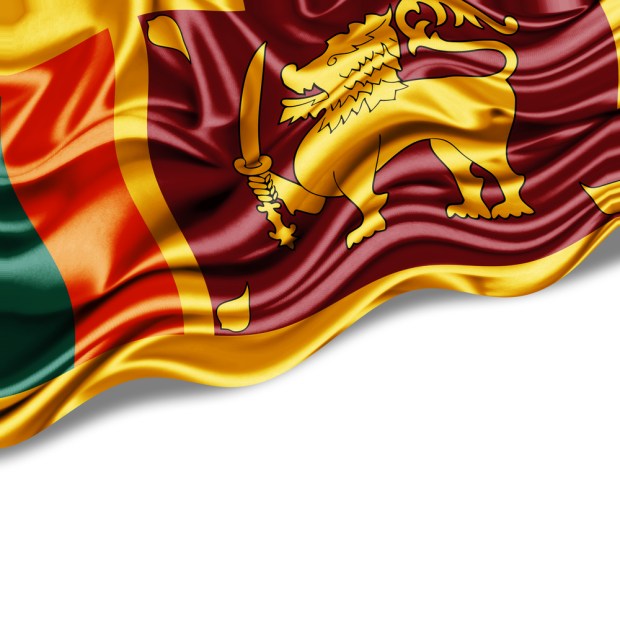Sri Lanka Is Gearing Up To Adopt Chip Card System

Sri Lanka, aiming to develop a national payment system by 2020, is moving to adopt a chip card system before the end of 2017. According to a report, citing the central bank, the move is part of Sri Lanka’s multi-pronged national payment system initiative.
“Under the roadmap for promoting digital payments, we are looking at moving out to the chip-based card system before the end of next year,” said Dharmasiri Kumaratunge, director of the central bank’s payments and settlements department, in the report. “Even though most of the new credit and debit cards issued by banks use this technology, there are still cards that use only the magnetic stripes for authentication.”
Chip cards are supposed to be more secure because, in addition to magnetic stripes, they use an integrated circuit, making it harder for hackers to breach them. Kumaratunge also said the National Payments Council, which was established by the central bank in 2006, is looking at strengthening two-factor authentication, which requires users to provide two means of identification from different categories.
In addition to focusing on security, the central bank said in the report it’s also focusing on the high charges that consumers have to pay when using the Common ATM Switch, which enables ATM and debit cardholders to use any ATM terminal around the country to take out money or check balances. The central bank also said it, along with other financial institutions, are exploring ways of creating a common card processing system and an electronic fund transfer unit, the report noted. In 2011, Sri Lanka’s cash circulation was around 293 billion rupees, but it increased more than 67 percent last year to 492 billion rupees, underscoring the popularity of cash transactions.
